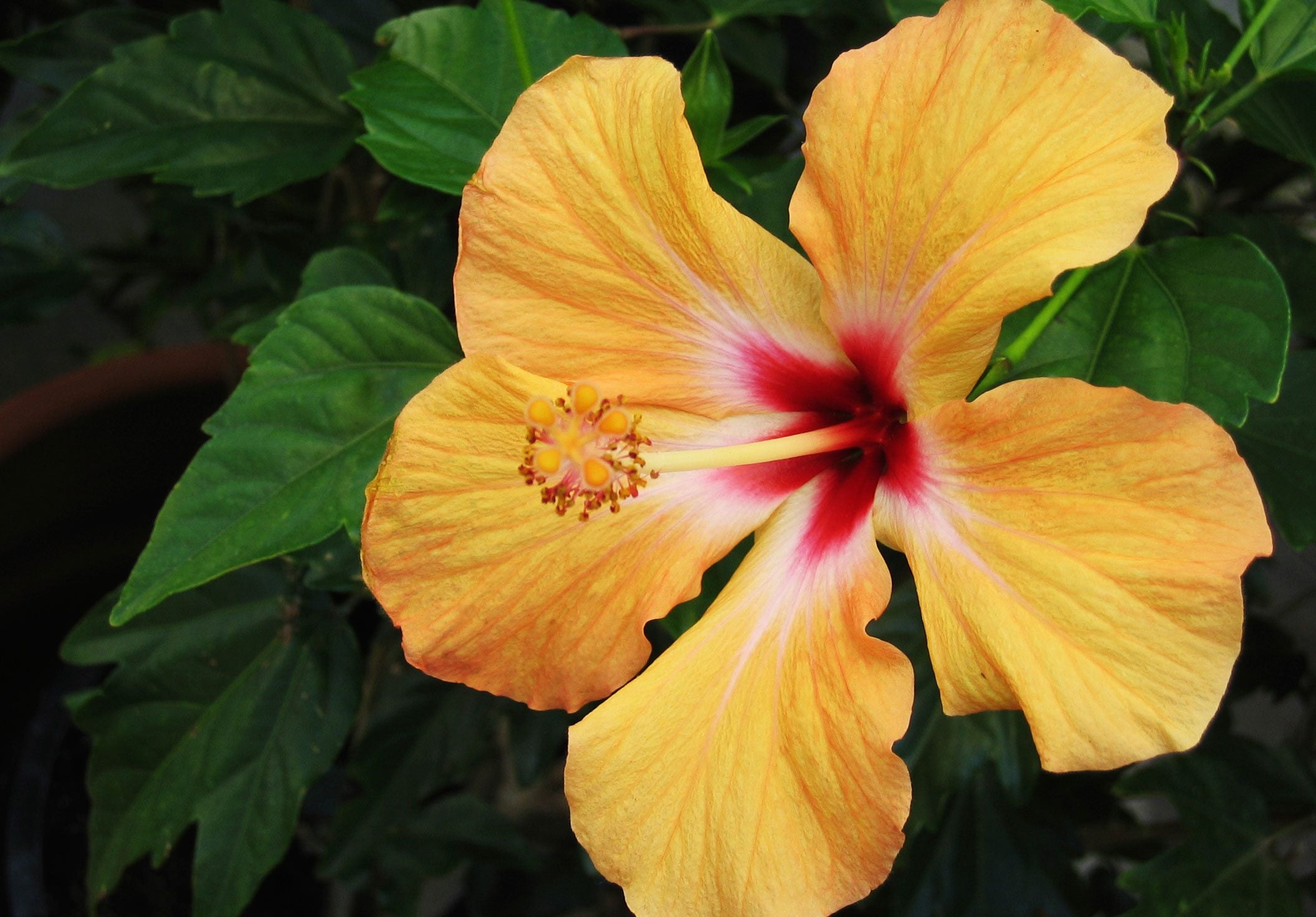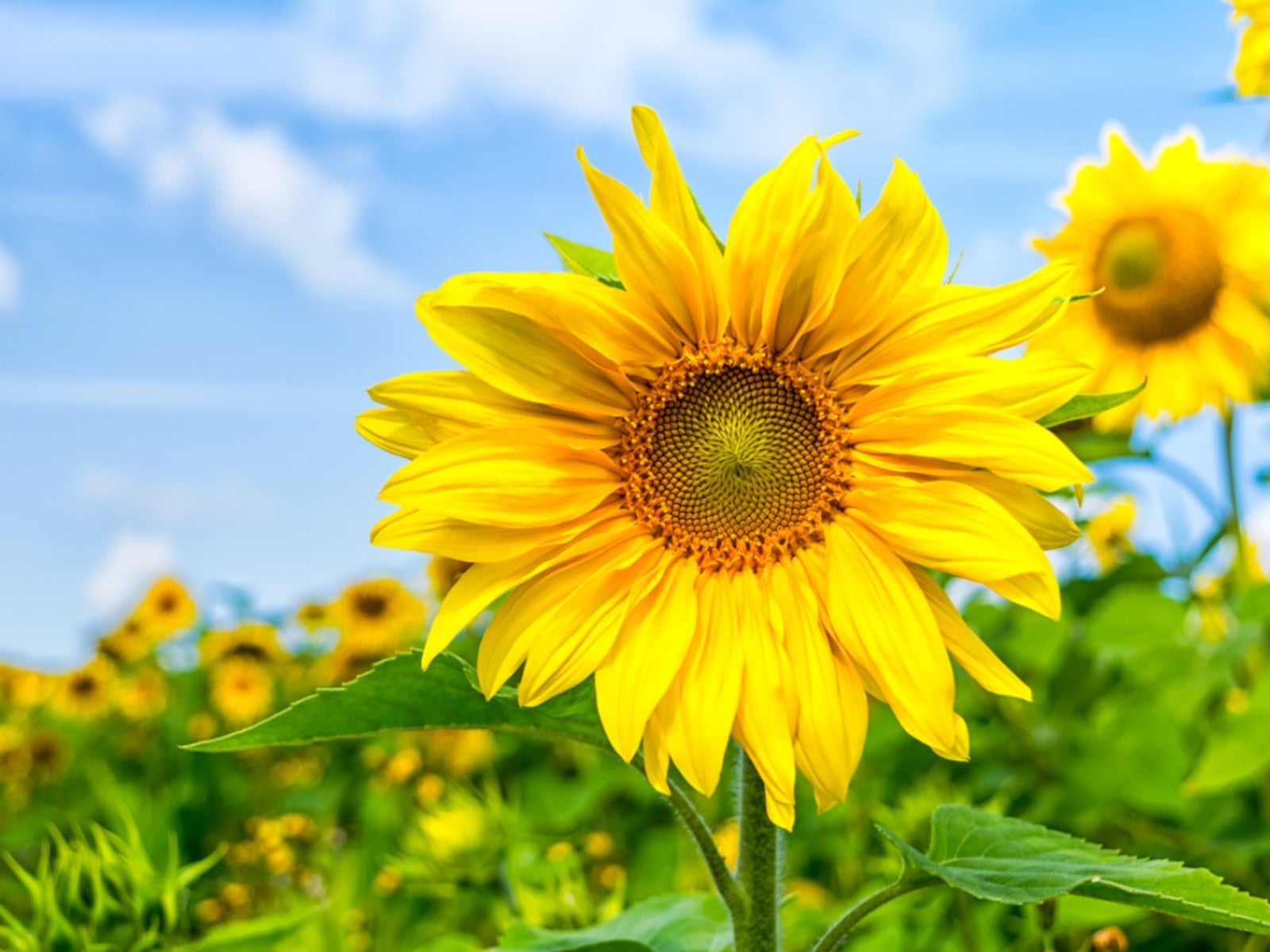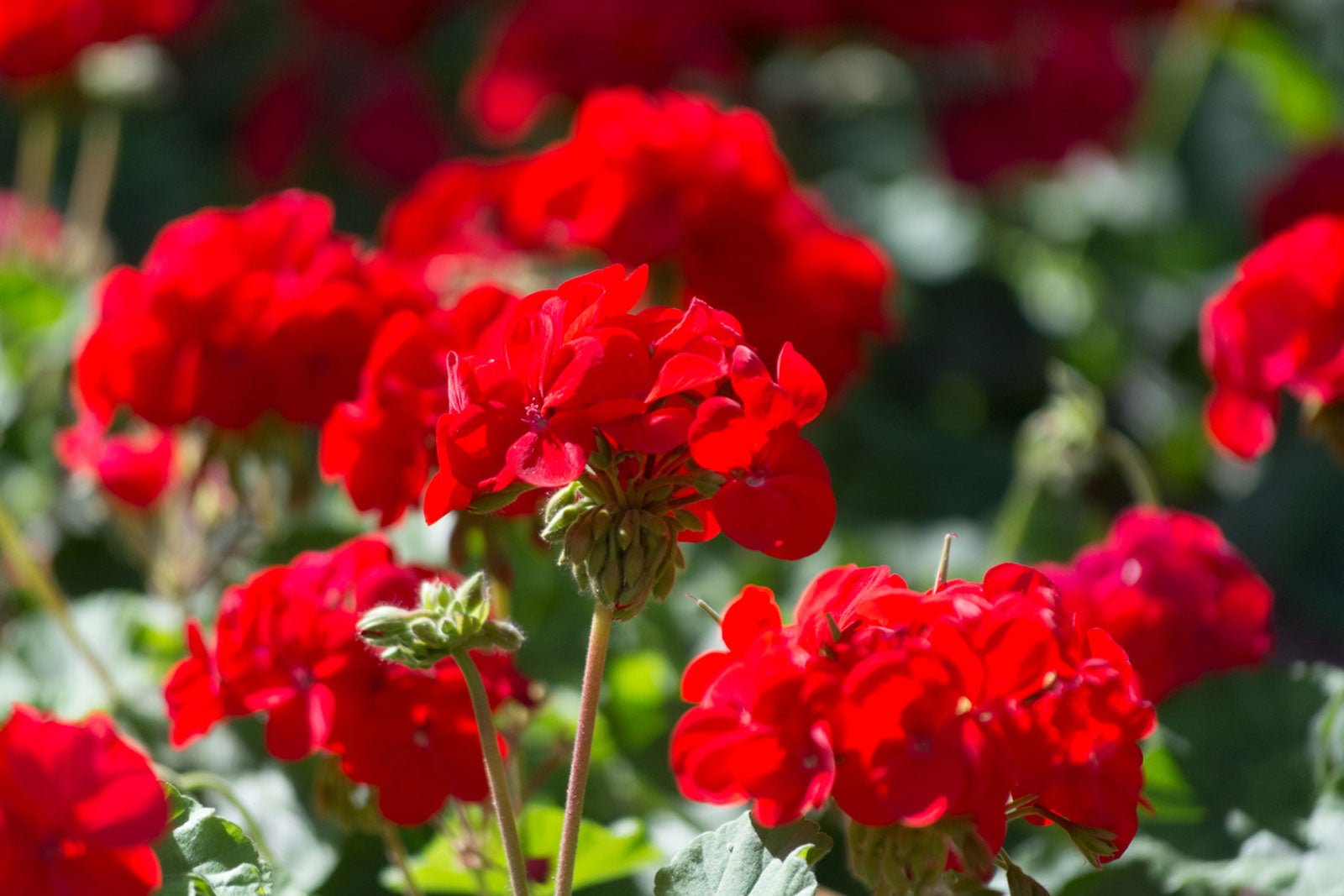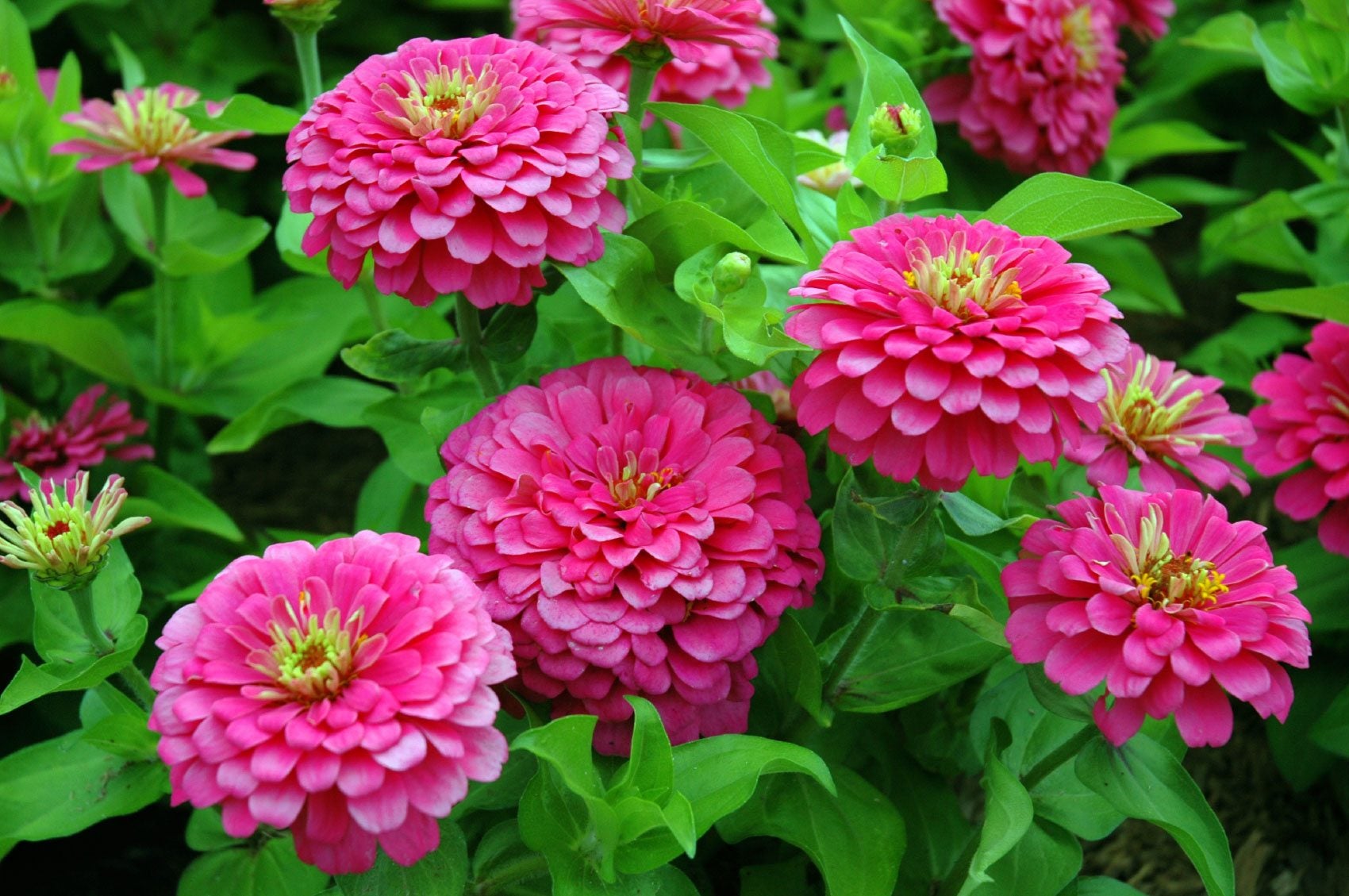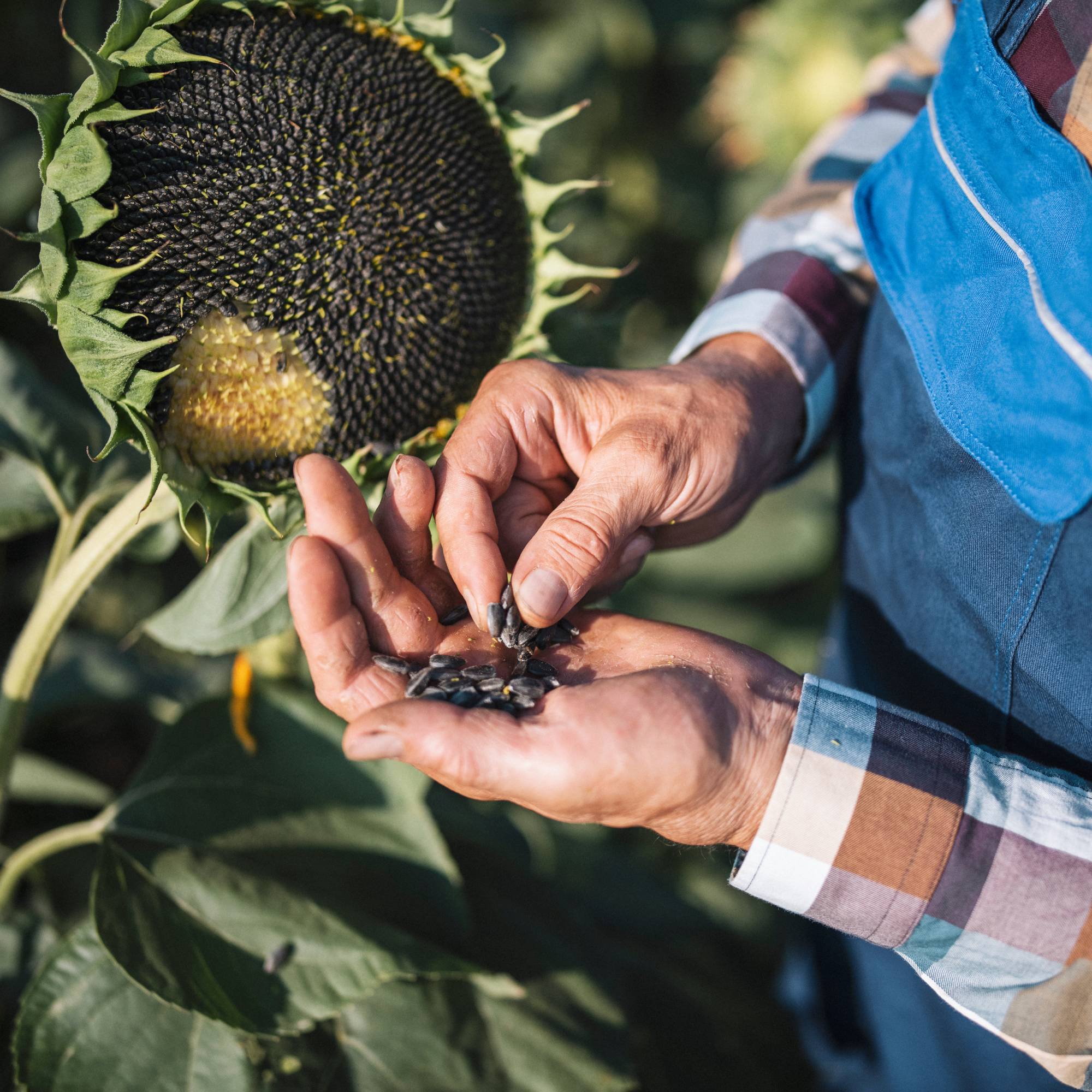Flowers
Who doesn’t enjoy flowering plants? Their intoxicating scents, eye-popping colors, fancy shapes and textures are truly beautiful. Yet, with so many flowers for the garden and types of flower gardens that can be grown, where does one start? No worries. Our flower gardening info will help you learn how to create flower gardens. From basic flower garden design to growing and caring for specific flowers, we’ll guide you. Don’t let the number of flower gardens and plants grown in them intimidate you. Instead, keep reading for tips on flower gardening.
Explore Flowers
Editor's Picks
-
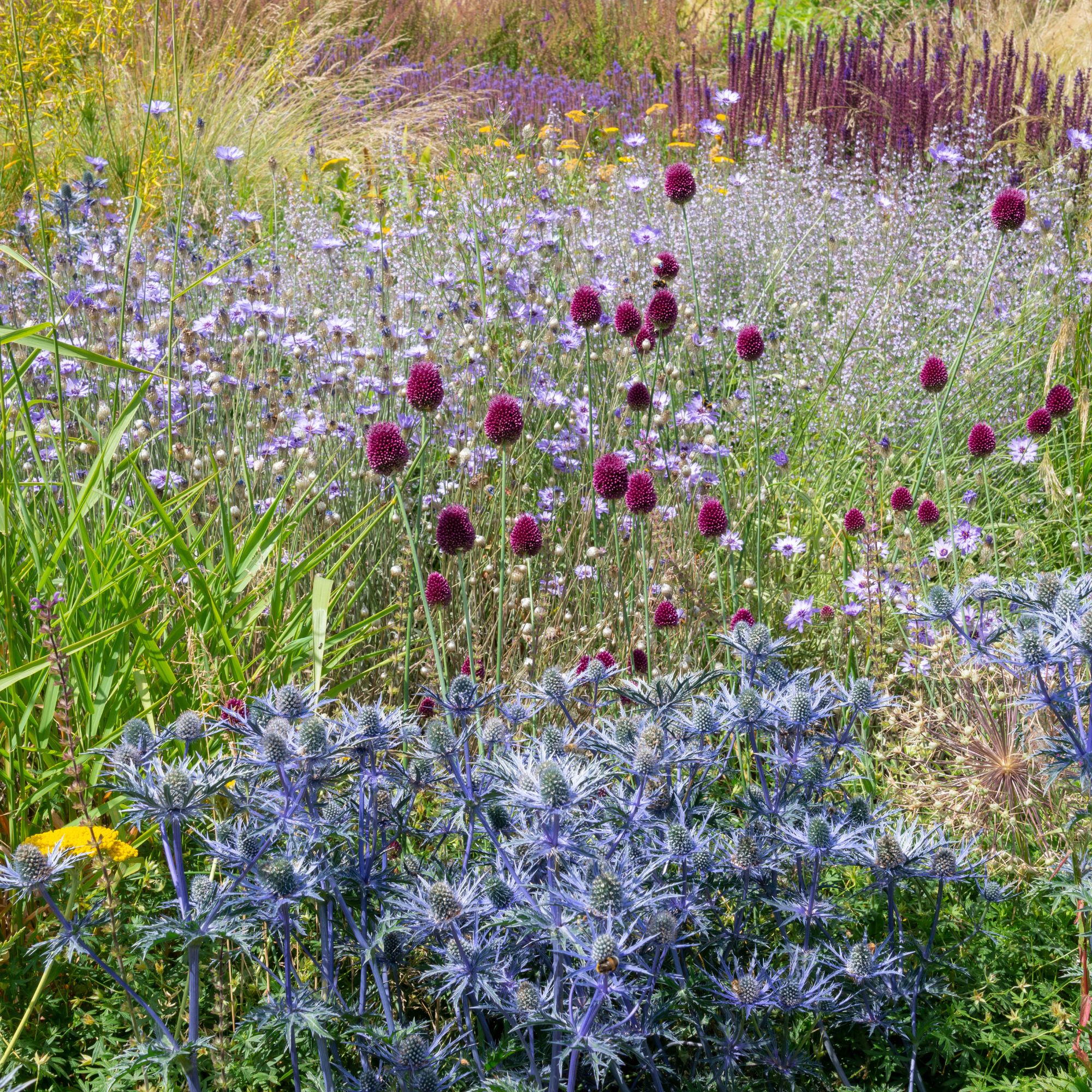
7 Flower Seeds You Can Throw Down in November and Forget Until Spring
Calling all lazy gardeners with big dreams for 2026; these low-maintenance flower seeds are exactly what you’re looking for…
By Kayleigh Dray
-

This is How Much You Should Cut Your Roses Back in the Fall (and Exactly When to Do it)
Timing is everything when pruning roses if you want those magnificent blooms next summer…
By Kayleigh Dray
-
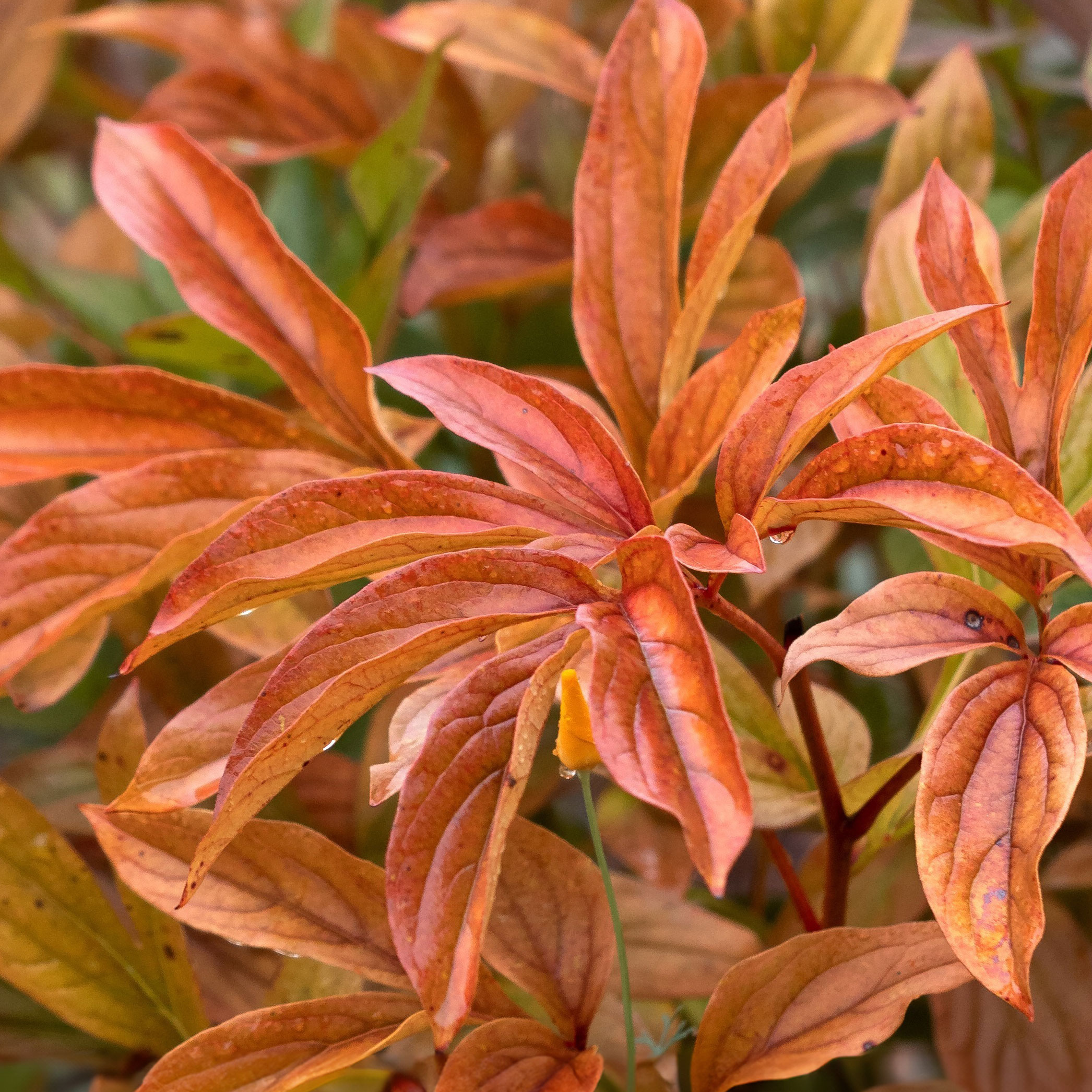
Are Your Peonies Ready for Winter? Don't Forget These 3 Fall Jobs for Gorgeous Blooms Next Year
Make sure your peonies are primed for the most voluptuous and vibrant blooms next year! Effective peony winter care starts now – with these 3 core fall tasks for the ultimate blooms
By Janey Goulding
-
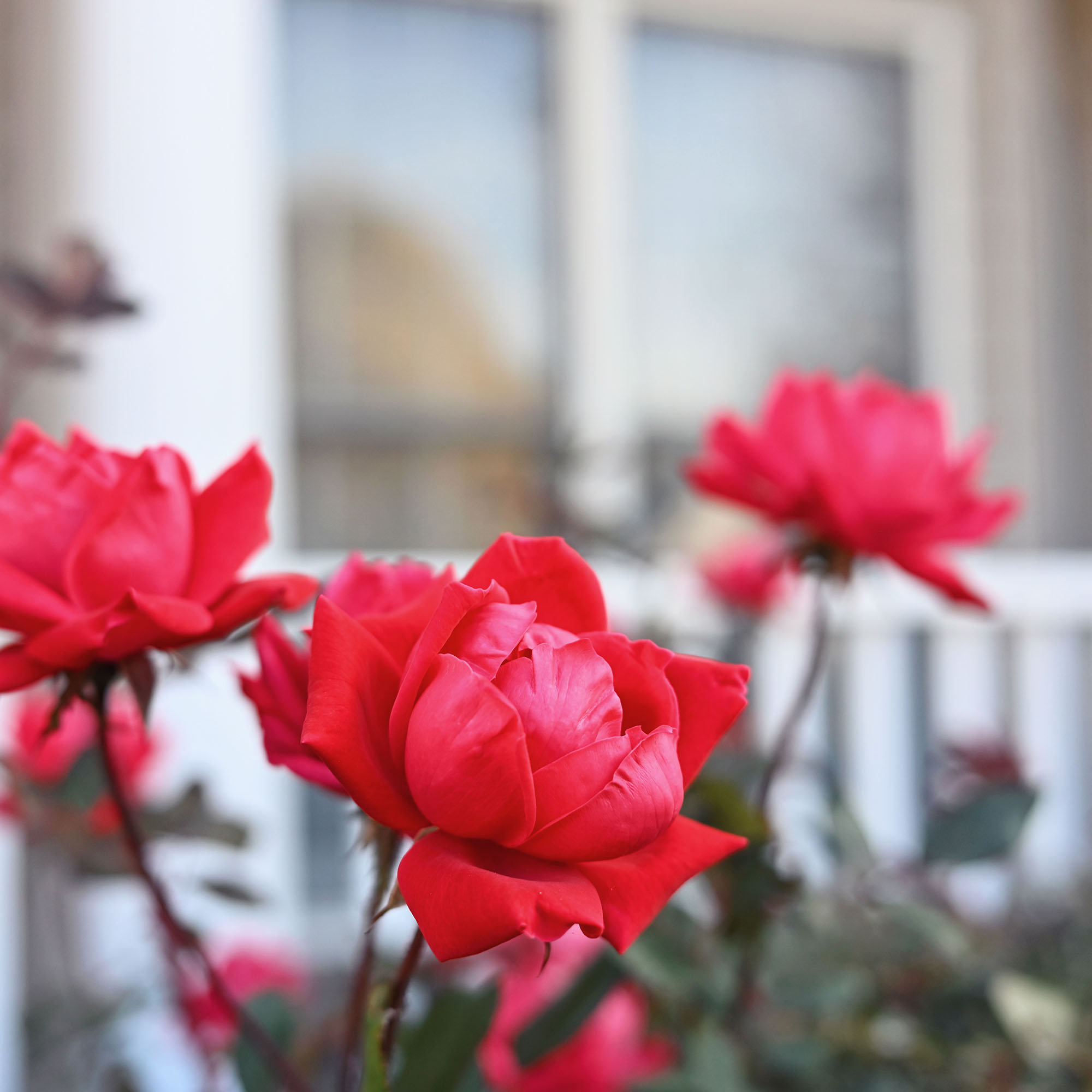
This Unexpected Kitchen Staple Helps Protect Your Roses – But Only If You Use it the Right Way
Want your roses to bloom bigger and brighter next year? Coffee grounds could be the answer...
By Kayleigh Dray
-
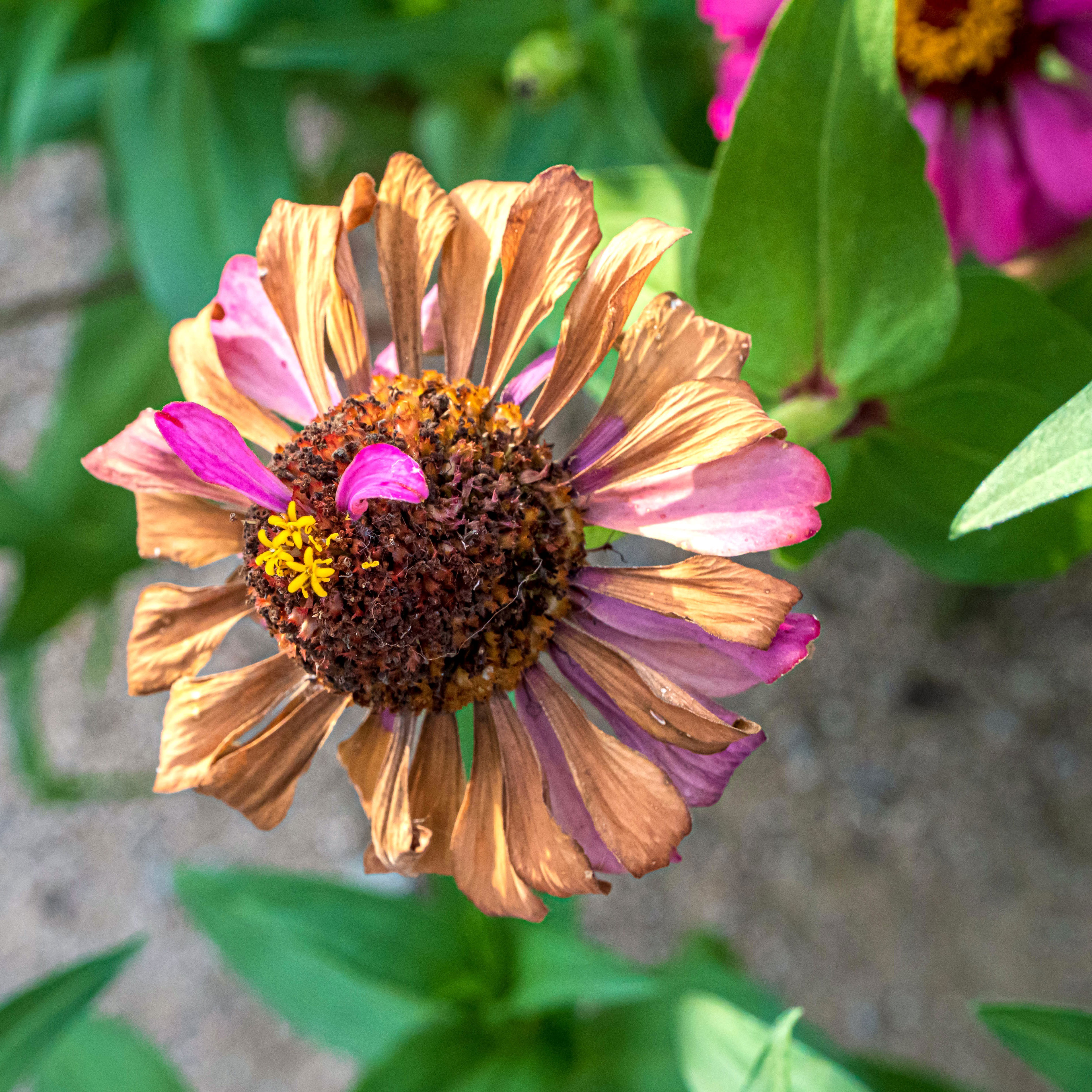
How To Harvest Zinnia Seed So You Can Get The Jump On Next Year’s Dazzling Border Beauties
Click the following to learn how to harvest zinnia seeds.
By Tonya Barnett
-
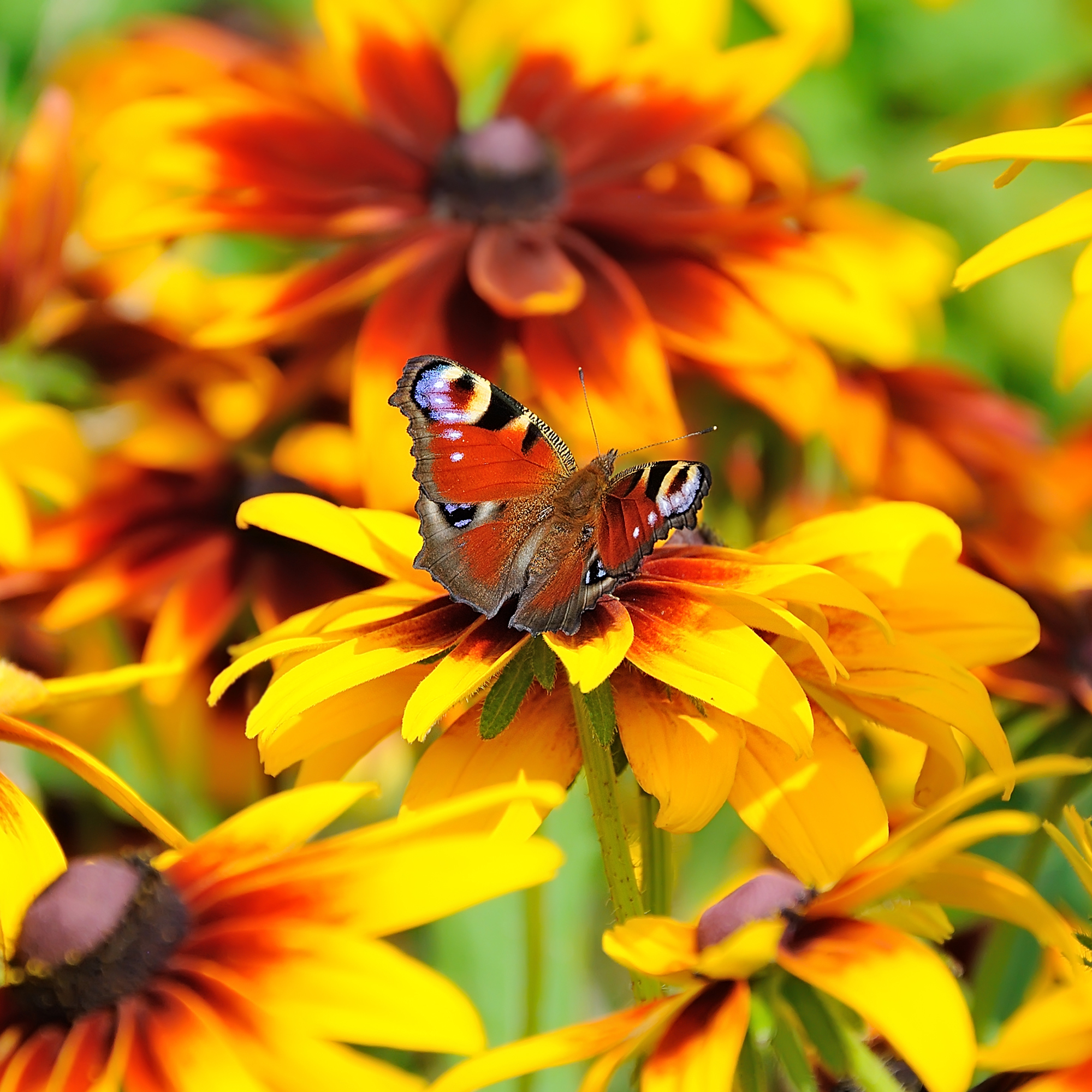
8 Native Flowers to Sow in October for Effortless Color and Happy Pollinators
Fall might feel like gardening season's big finale, but it's actually the perfect time to sow these native flower seeds...
By Kayleigh Dray
-
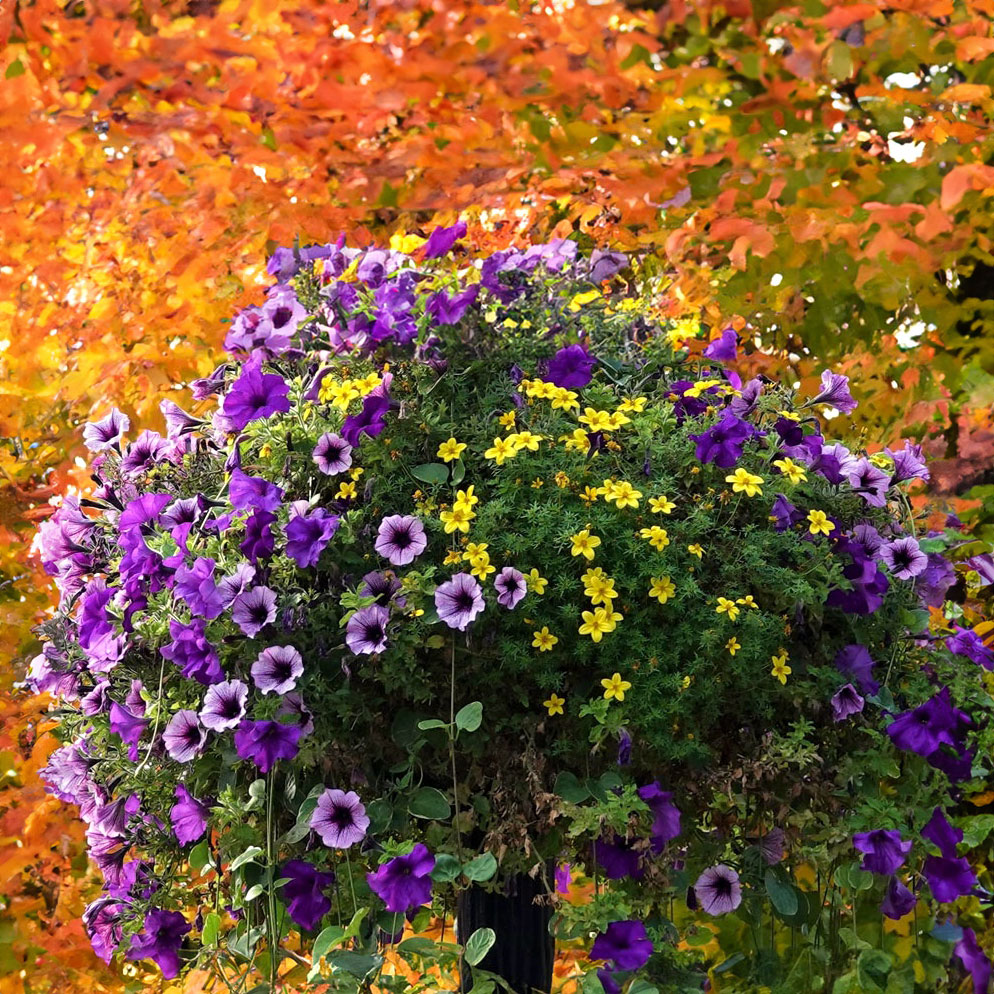
Dynamic Fall Hanging Baskets – 7 Plants and Plant Combos for Spectacular Vertical Displays
Hanging baskets can bring color and drama to the autumn season. Try these fabulous plant ideas and combinations for memorable fall hanging baskets that light up your fall garden
By Mary Ellen Ellis
-
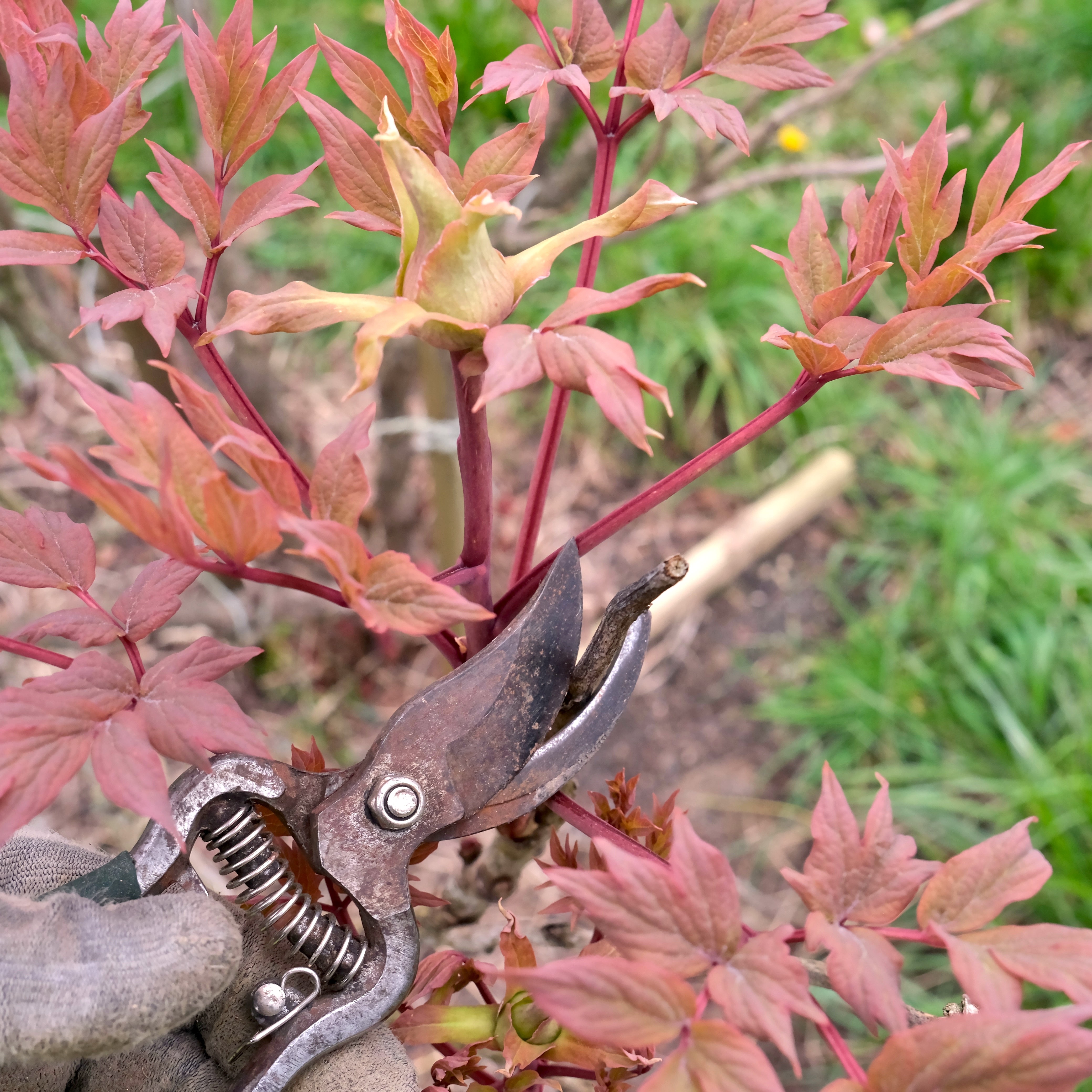
Avoid These 3 Common Peony Pruning Mistakes to Protect Plants and Safeguard Future Blooms
The beauty of a perfectly formed peony makes us crave more – so to ensure yours come back strong every year, check you aren’t making these peony pruning mistakes
By Tonya Barnett
-
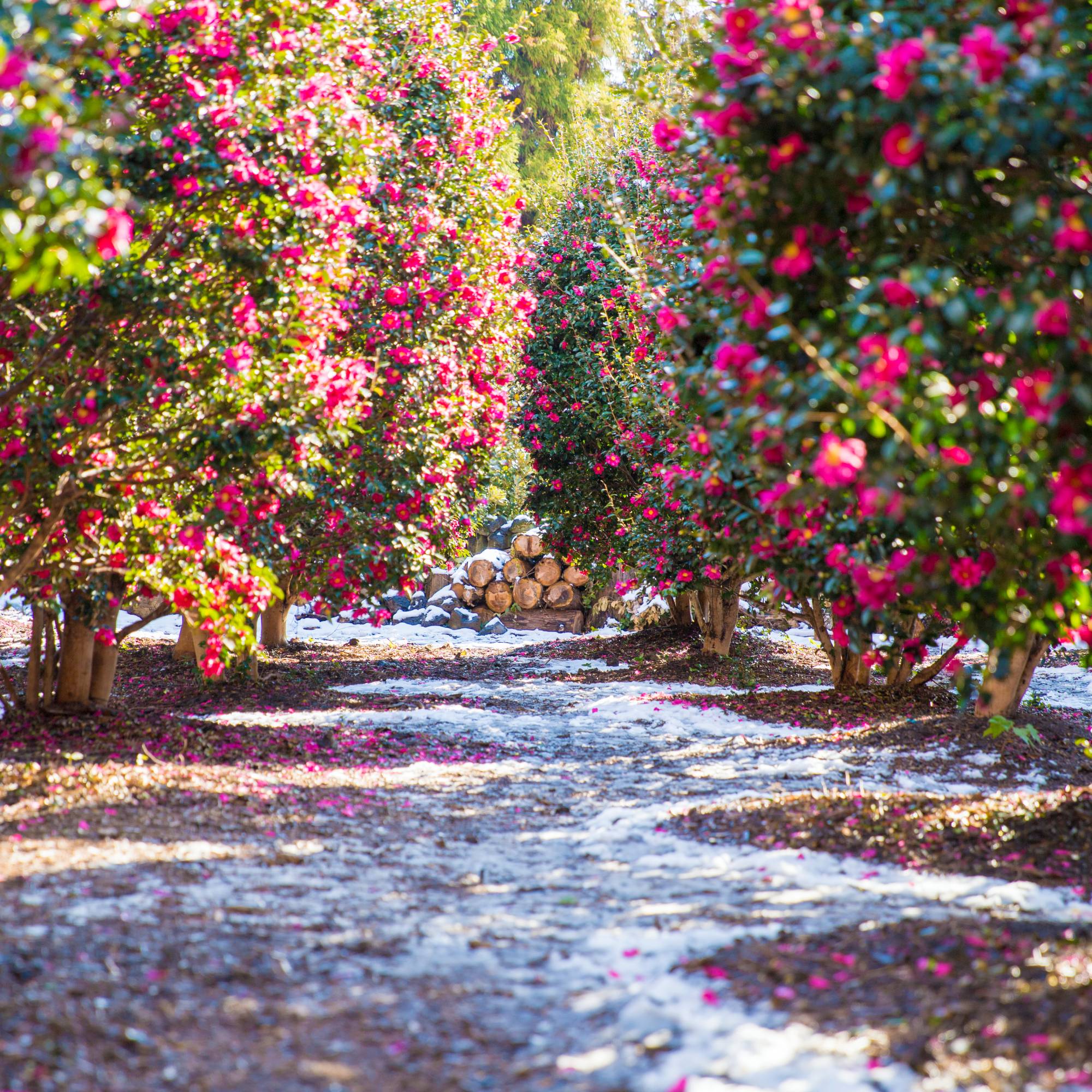
6 Late-Flowering Plants That Will Fill Your Yard With Brilliant Blooms Now Until the Holiday Season
Don't be sad that the summer gardening season is ending. Plant these bold bloomers for gorgeous color that will stretch all the way into winter.
By Kathleen Walters
-
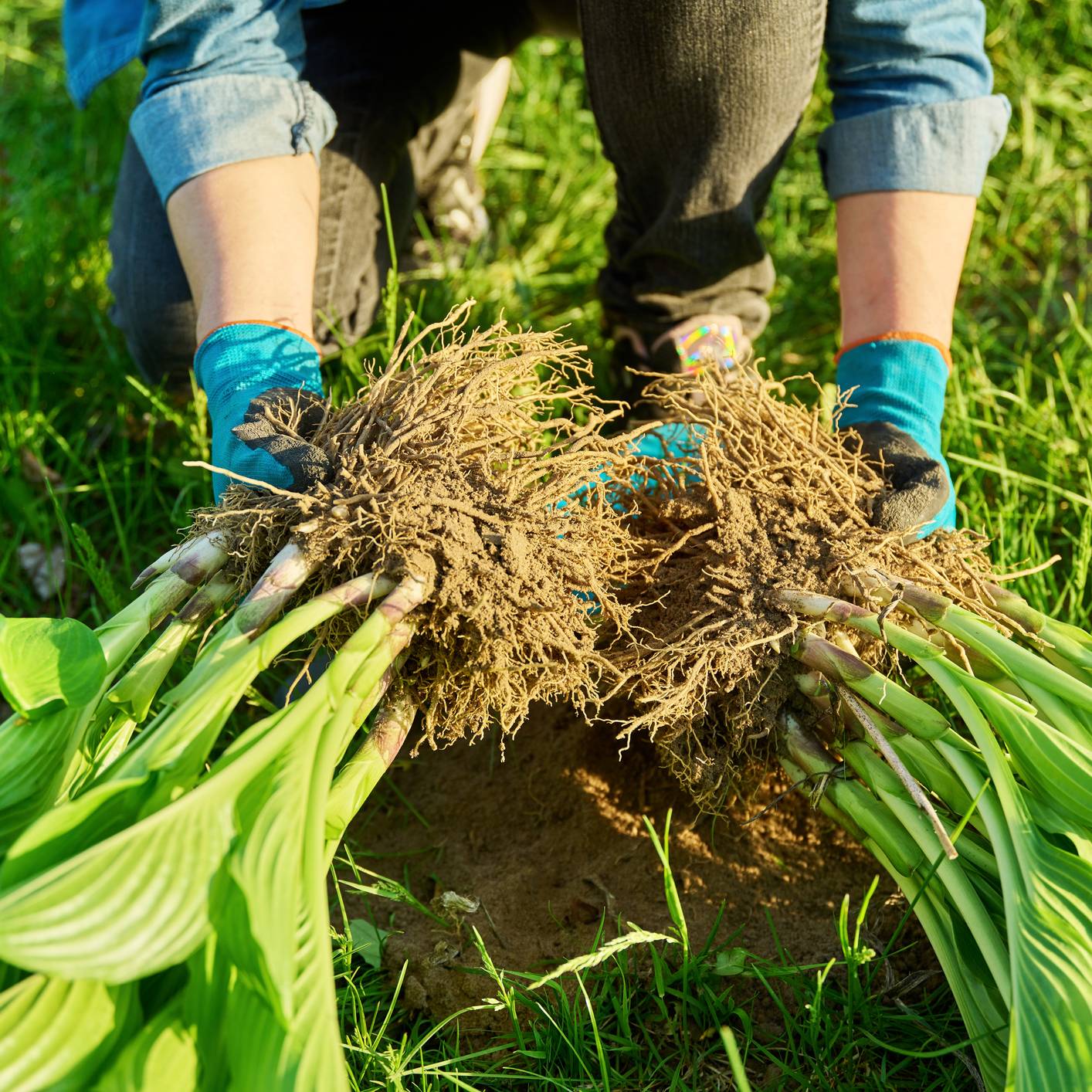
Divide These 8 Perennials in September for More Plants in the Spring
Plants getting tired? September is the perfect time to divide and transplant perennials to give them a boost (and give you more plants).
By Teo Spengler
-
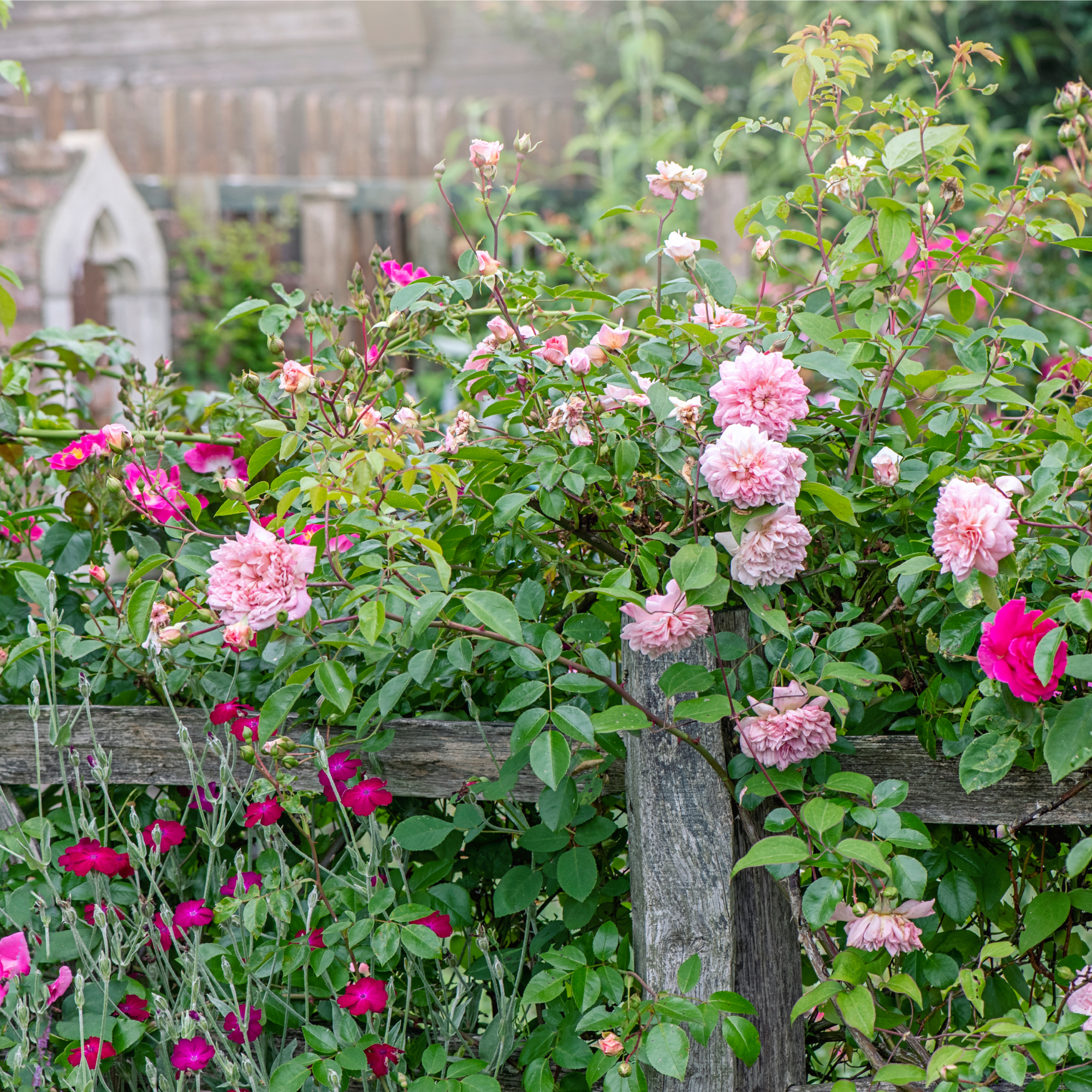
7 Fragrant Fall-Blooming Flowers for an Aromatic Autumn Garden
Fill your garden with fragrant fall-blooming plants for an intoxicating display that lasts long past the end of summer. Here are some of my favorite picks.
By Bonnie L. Grant
-
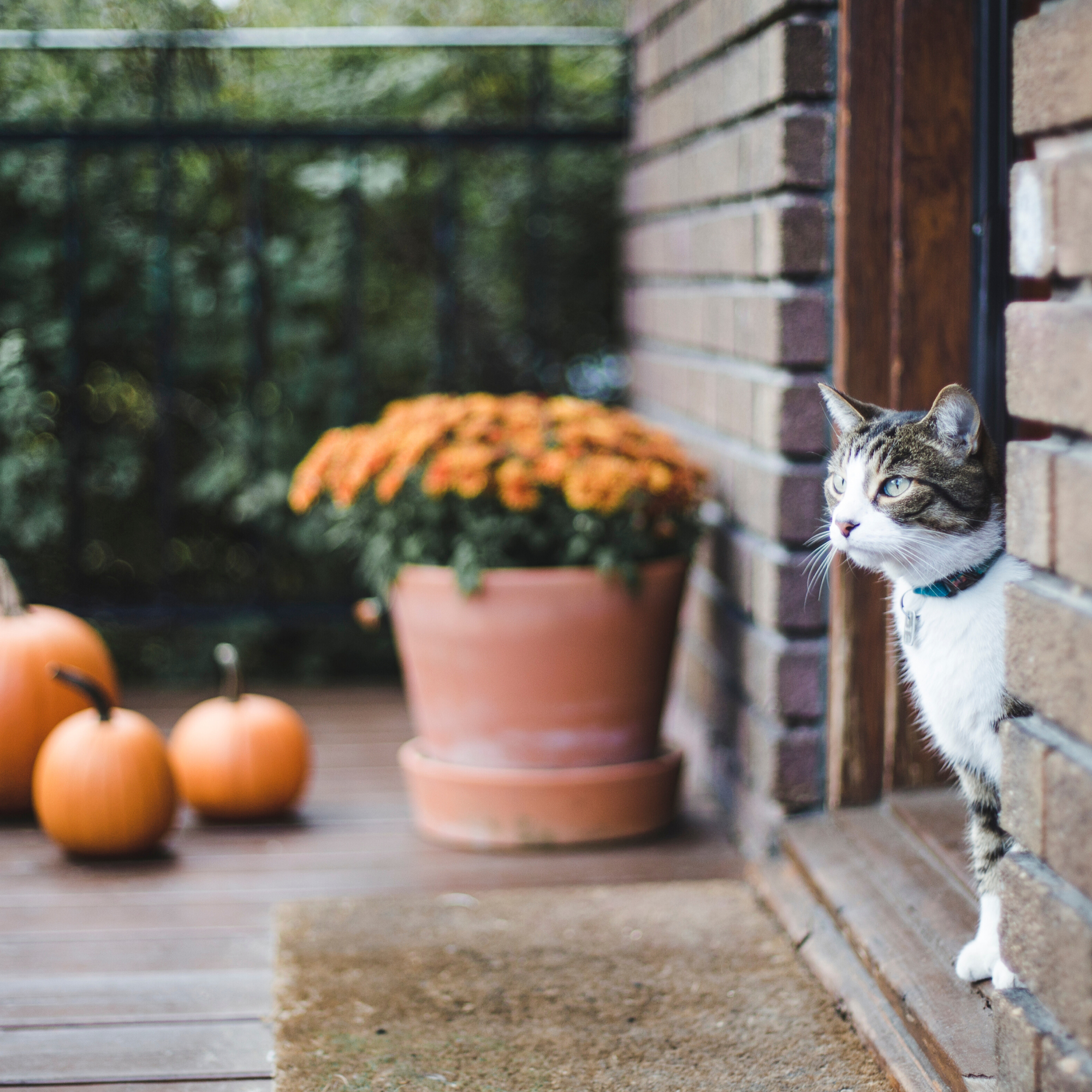
Are Chrysanthemums Toxic To Cats? Everything You Need To Know To Keep Kitty Safe This Fall
Mums are classic fall flowers, but they can be dangerous for our feline friends. Learn about keeping your cats safe around mums this fall.
By Bonnie L. Grant
-
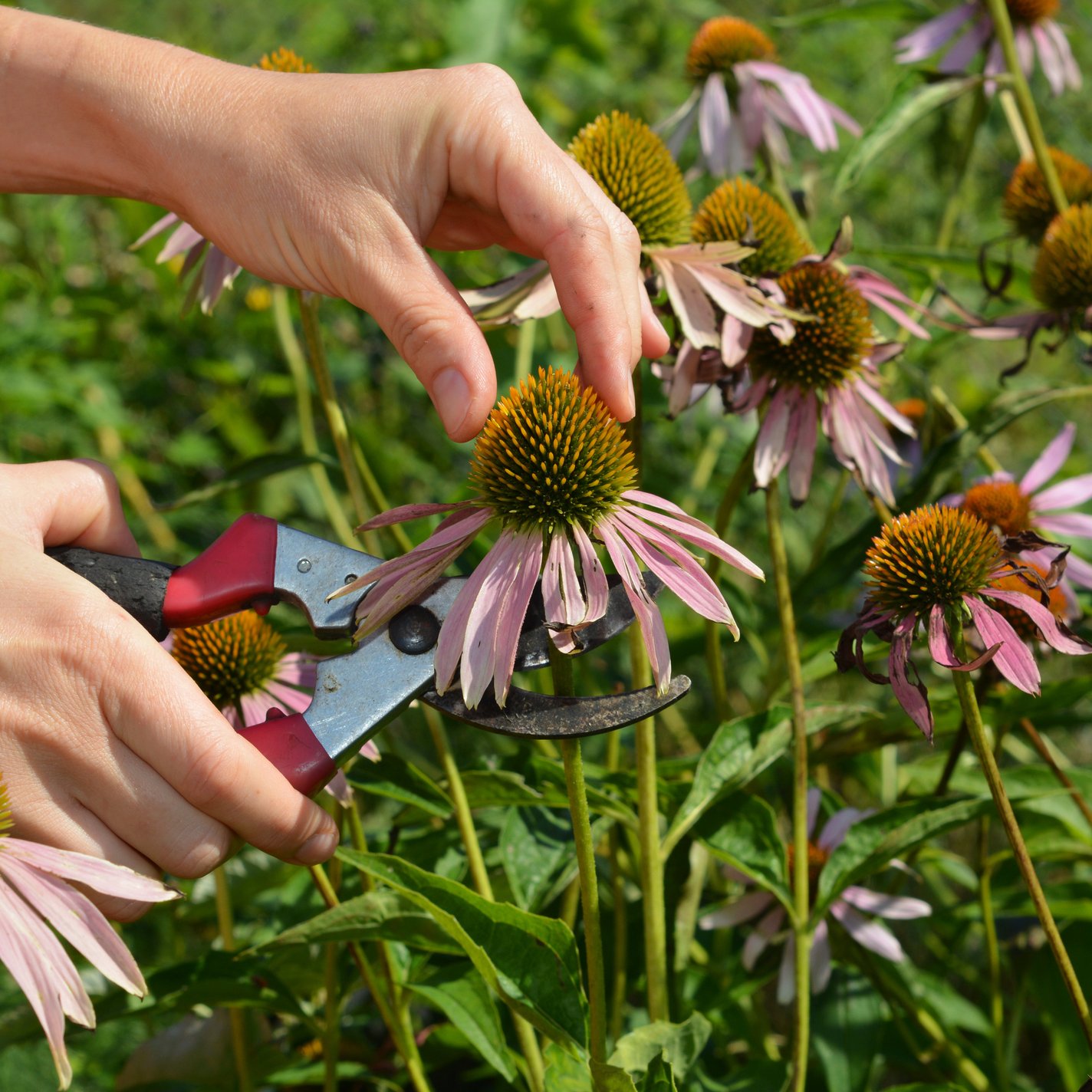
Pruning Echinacea: Expert Guide For Better Coneflowers and Healthy Plants Year After Year
Get the absolute most out of your echinacea plants by pruning them like the pros.
By Bonnie L. Grant
-
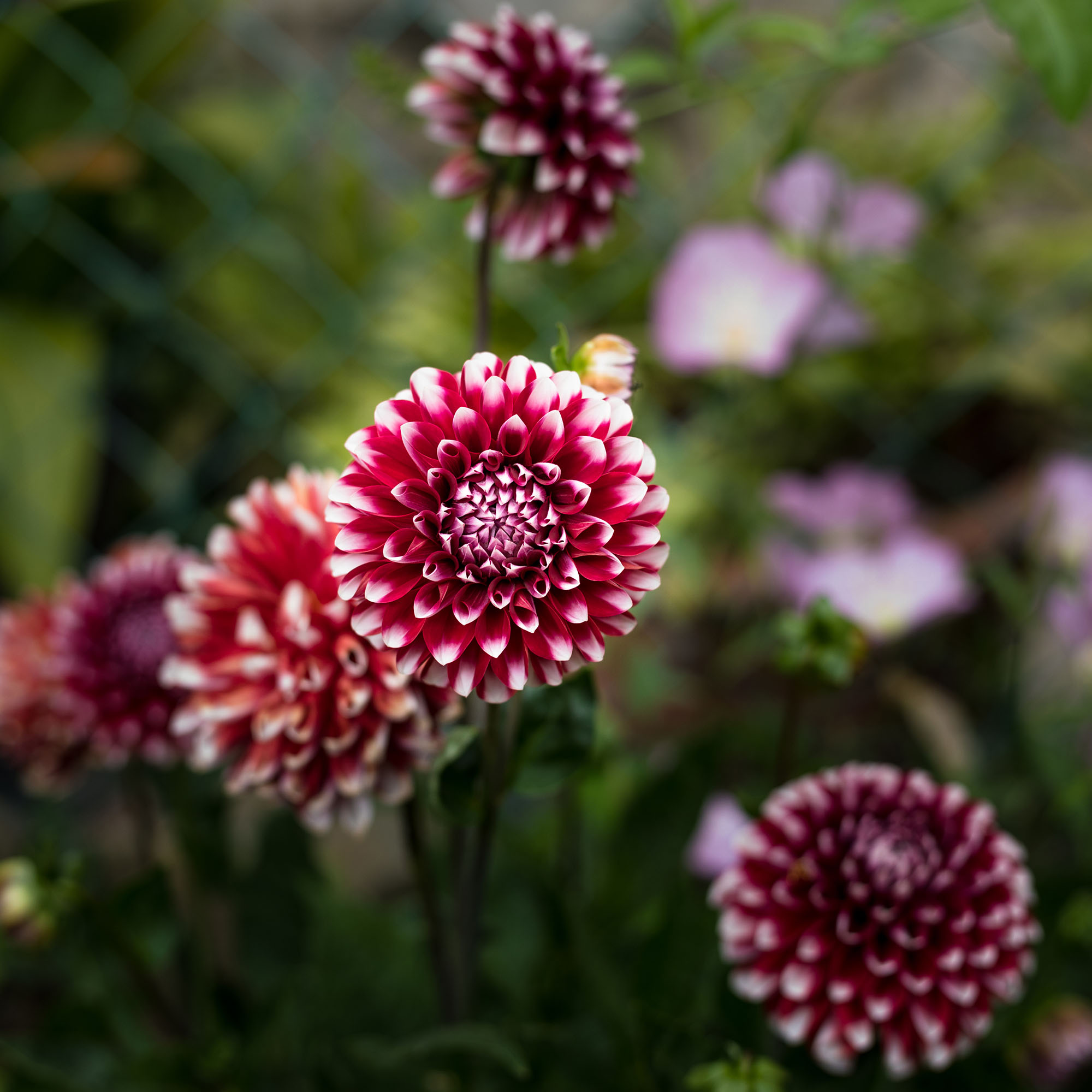
7 Flowers that Bloom in September – For a Dreamy Garden Filled With Early Fall Color
You can still have a stunning garden filled with flowers come September, so long as you plant strategically...
By Kayleigh Dray
-
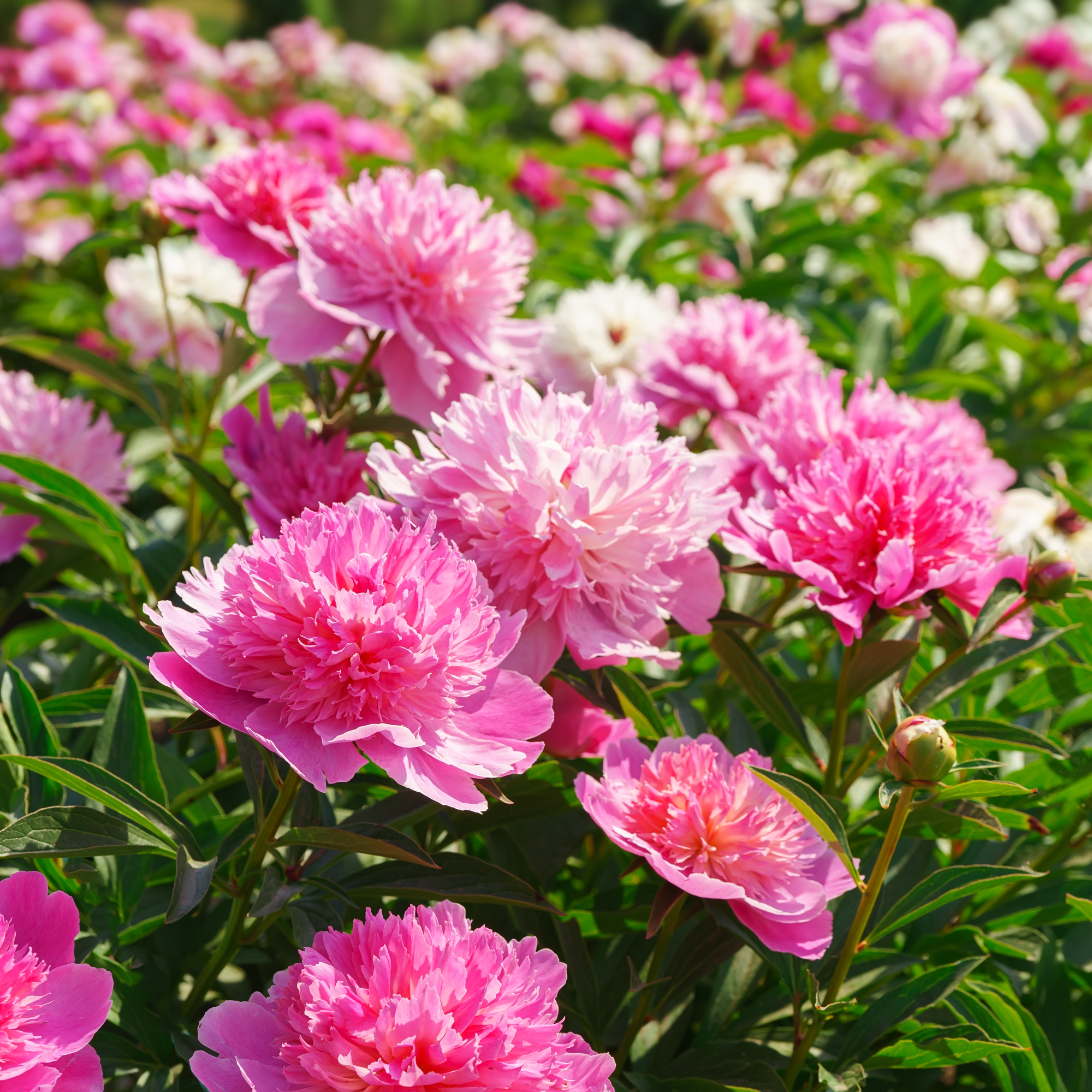
Expert Reveals Her Top Tips for Transplanting Peonies With Ease – Plus, Why September is the Perfect Time to Move Plants
Peonies don't like being moved. But if you do it right, they can thrive in a new location. Here are my top tips for a smooth move why you should do it now.
By Mary Ellen Ellis
-
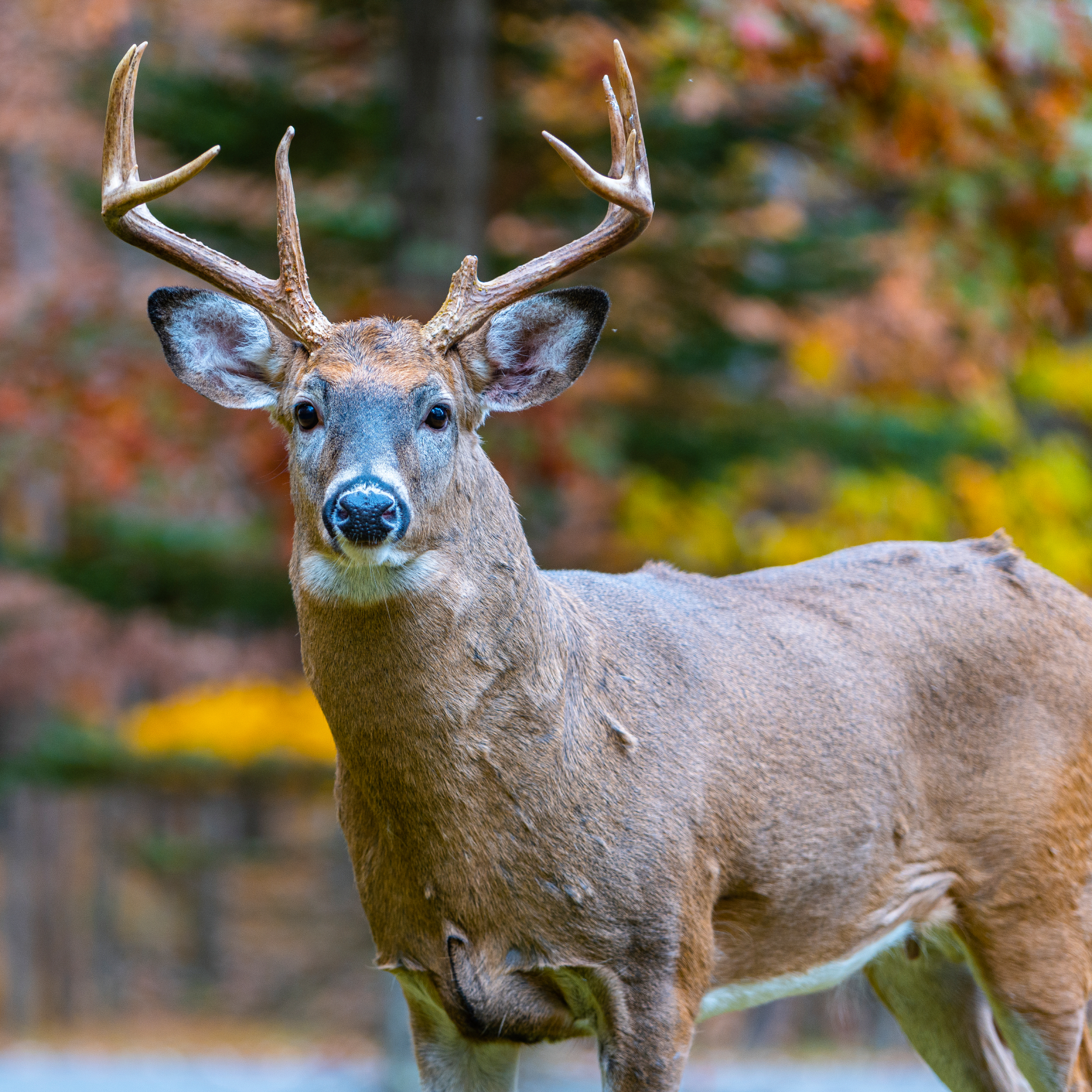
Do Deer Eat Mums? How to Protect These Fall Garden Favorites From Bambi and Friends
Are your favorite fall flowers at risk? I answer the question, "Do deer eat mums?" and provide some simple tips to keep hungry grazers at bay this autumn.
By Bonnie L. Grant
-
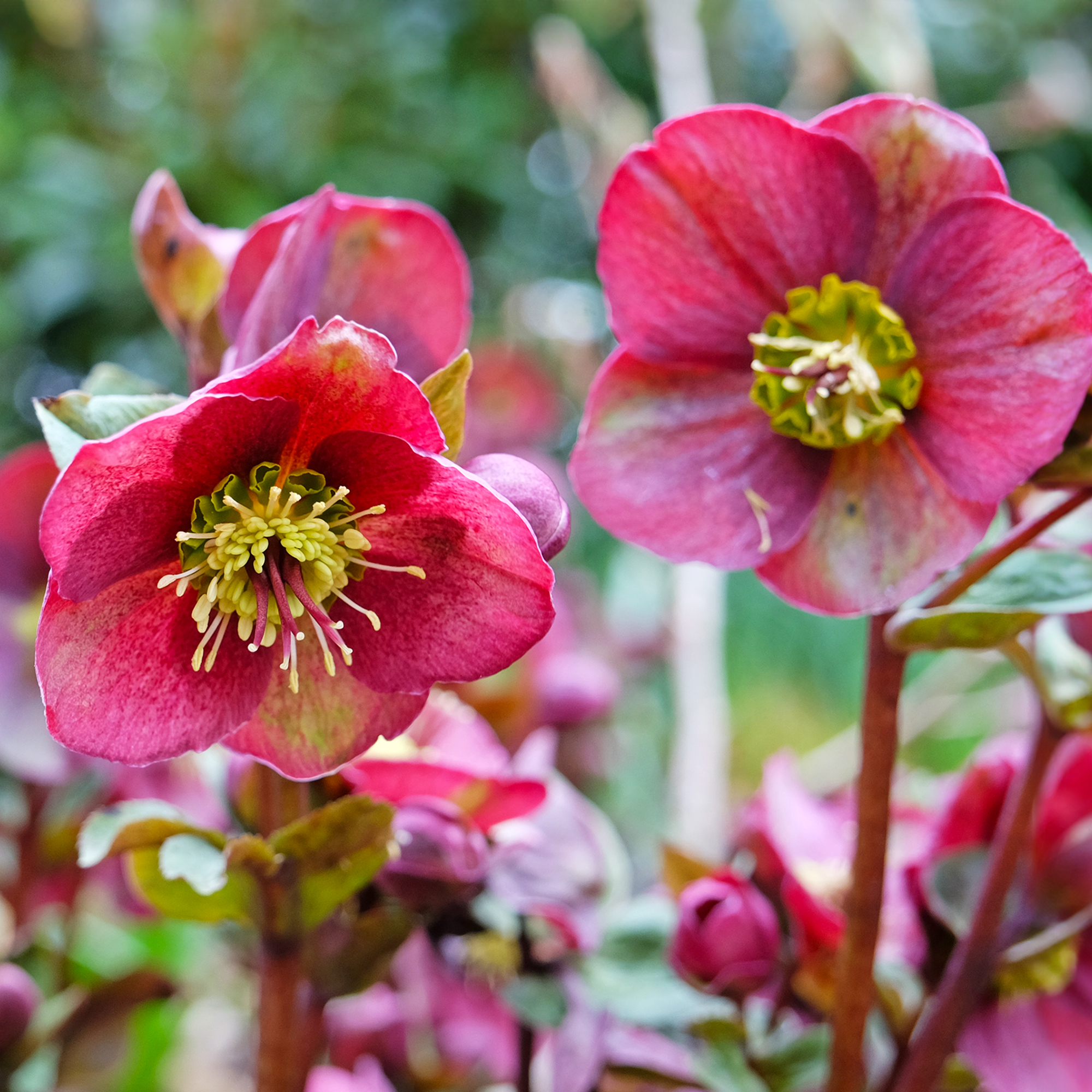
7 Hardy Perennials to Plant in September for Spring Borders Bursting With Color
Stunning spring gardens are made in fall. Plant these hardy perennials now and enjoy a burst of color that lasts from late winter through to the end of spring.
By Mary Ellen Ellis
